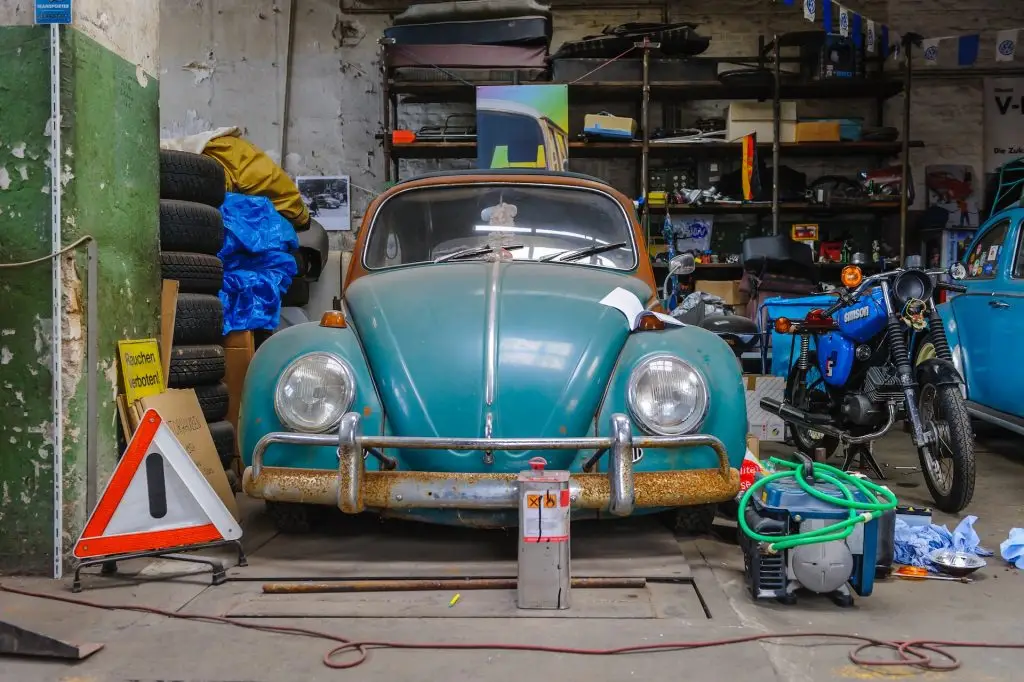
Are you having trouble getting rid of clutter? Do you find yourself surrounded by a growing pile of possessions, struggling to let go of things you no longer need? If so, you’re not alone. Many individuals, especially those over 50, face challenges when it comes to decluttering their living spaces. In this article, we will explore the various issues that can hinder your efforts to eliminate clutter, including mental blocks, lack of a clear strategy, and unwillingness to let go. We will also delve into the negative effects of clutter on our well-being, such as decision fatigue, and highlight the importance of decluttering, and overcoming obstacles to decuttering, particularly as we age.
Note: this post is about Overcoming the Obstacles To Decluttering and is a follow-up to:
“Decluttering and Why it’s Important to Declutter as You Age!” which you can find HERE
I. Understanding the Challenges of Decluttering and the Decluttering Process
Decluttering can be an incredibly transformative process. Unfortunately and for many reasons it’s not always an easy process. You may face various challenges that hinder your ability to let go of clutter and create a more organized living space. It’s important to recognize and understand these challenges to overcome them effectively.
From mental blocks rooted in sentimental attachments and fear of letting go, to the lack of a clear strategy and poor organization systems, these obstacles can prevent you from achieving your desired clutter-free environment.
In this section, we will explore these challenges in detail> In the process we will shed light on their impact and provide valuable insights to help you navigate the path to decluttering success. Understanding and addressing these challenges head-on will help pave the way creating for a more streamlined and harmonious living space. This will promote peace, clarity, and well-being.
Here are the common challenges you may face:
A. Mental Blocks Making it Hard to Declutter
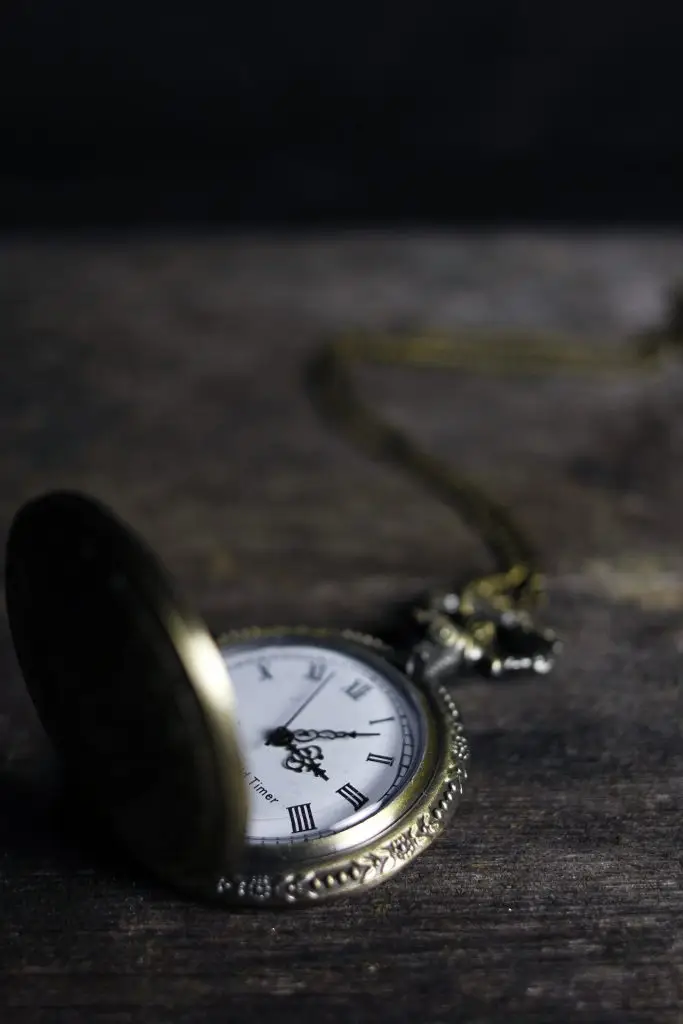
Sentimental Attachments:
One of the most common mental blocks that hinder decluttering is your sentimental attachment and your resistance to letting go of sentimental items. We, humans, tend to associate memories and emotions with physical objects. This can make it difficult to get rid of something that holds sentimental value for you. Whether it’s a collection of old photographs, gifts from your loved ones, or mementos from past experiences, emotional attachment can make you hesitant to part ways with these possessions.
Fear of Letting Go:

Another challenge in decluttering is the fear of letting go and having “less stuff.”. You might fear that by getting rid of certain items, you are letting go of a part of your identity or losing something valuable. This fear can be rooted in various factors. These can include financial concerns, the fear of regretting the decision later, or the belief that your possessions define your worth. Overcoming this common reason for clutter in your home requires a shift in mindset and a reassessment of your attachment to material possessions.
Perfectionism and “What If” Scenarios:
Perfectionism often contributes to clutter because you may feel the need to keep things “just in case.” or because you are waiting for the perfect opportunity to use or display them. This mindset leads to accumulation and difficulty in letting go of items that are no longer useful or necessary. You may find yourself holding onto things because you believe they might be needed in the future, even if the likelihood is low. Addressing this mental block involves recognizing that holding onto unnecessary items hinders your ability to enjoy your living spaces and complicates decision-making processes.
By understanding these mental blocks and acknowledging their presence, you can develop strategies to overcome them and make progress in decluttering your homes. In the following sections, we will explore effective techniques to address these challenges and create a more streamlined and organized living environment.
If you want more information on the medical Benefits of Decluttering. This is an article on WebMd called The Mental Health Benefits of Decluttering which you can find HERE
B. Lack of a Clear Strategy to Get Rid of Stuff
Overwhelm and Indecision:
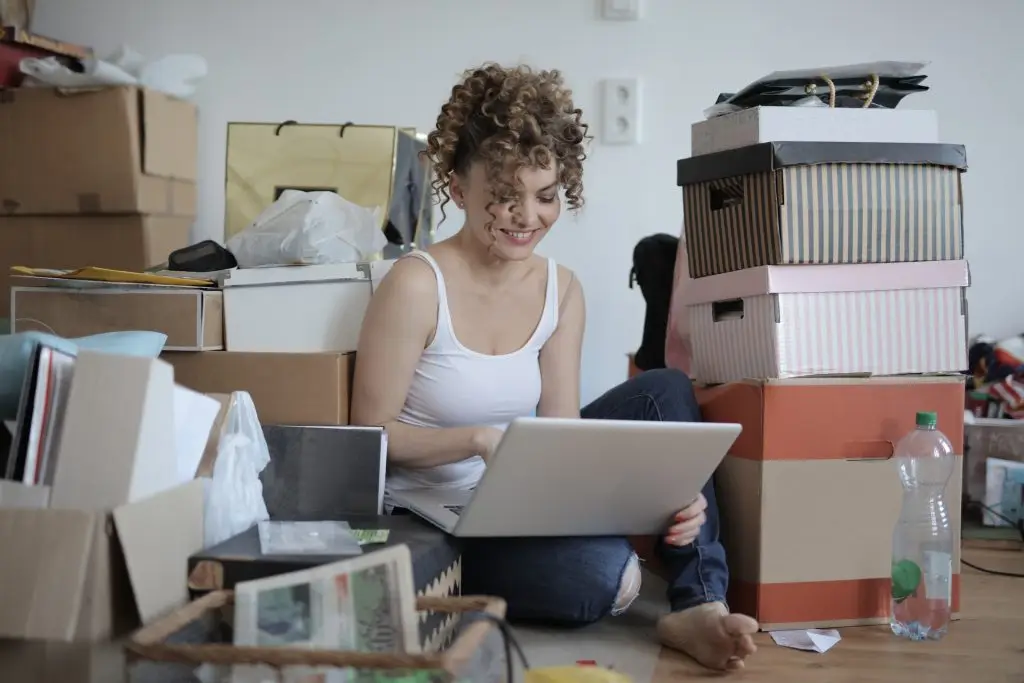
The feeling of overwhelm often leads to indecision, as you struggle to determine what to keep, what to discard, and where to begin. This sense of being overwhelmed can paralyze your progress and prevent you from taking any action. It’s important to recognize that decluttering is a process that can be tackled one step at a time. You can break the process down into smaller, manageable tasks.
Not Knowing Where to Start:
Another challenge that hinders decluttering efforts is not knowing where to start. When your living spaces are filled with clutter, it can be challenging to identify a starting point. As a result, you may procrastinate or feel discouraged before even beginning the process. To overcome this obstacle, identify specific areas or rooms that are causing the most frustration or have the greatest impact on daily life. Starting with a smaller, more manageable area can help you build momentum. This can provide a sense of accomplishment, which can then motivate further decluttering.
Poor Organization Systems:
A lack of effective organization systems can contribute to clutter. Without designated places for items to be stored or a system to maintain order, things tend to accumulate and become disorganized. Developing and implementing practical organization systems tailored to our specific needs can greatly assist in the decluttering process. This may involve categorizing items, utilizing storage solutions, and creating routines for maintaining order.
Break down the decluttering process into smaller tasks. Identify a starting point, and implement a practical organization system. These are essential steps toward creating a clutter-free and organized living space.
In the subsequent sections, we will delve deeper into strategies and techniques to tackle these challenges and create a more streamlined and harmonious living environment.
C. Unwillingness to Let Go and Start Decluttering and Create a Clutter-Free Home

Guilt and Obligations:
A significant challenge in decluttering is the emotional burden of guilt and obligations associated with letting go of items. You may feel guilty for discarding gifts or heirlooms, fearing that they will offend the person who gave them to you. Additionally, you might feel obligated to hold onto possessions due to a sense of duty or responsibility, even if they no longer serve a purpose in your life. Overcoming this unwillingness to let go requires a shift in your mindset. Your emotional well-being should take precedence over any external expectations. Remember that the true value lies in the memories and experiences associated with the items, rather than the items themselves.
Fear of Regret:
Fear of regret is another common obstacle that can stop you from decluttering. You may worry that if we let go of an item, you will regret it in the future. This fear often stems from a scarcity mindset, believing that we may not be able to replace or repurchase something if needed. Ask yourself questions like: Have I used this item in the past year? Will it be useful or meaningful to me in the future?
By objectively evaluating the practicality and significance of each possession, we can alleviate the fear of regret and make more confident decisions.
Beliefs about Material Possessions:
Your beliefs and attitudes towards material possessions can also hinder your ability to let go of clutter. Society often emphasizes the accumulation of material goods as a measure of success or happiness. You may develop a sense of attachment and identity based on the things you own, making it challenging to detach your self-worth from material possessions. Overcoming this challenge requires a shift in perspective and a recognition that your true value lies in your experiences, relationships, and personal growth NOT the accumulation of belongings.
By addressing the unwillingness to let go and challenging the underlying emotions, fears, and beliefs associated with decluttering, you can create a healthier relationship with your possessions and make more conscious decisions about what you keep in your lives.
In the subsequent sections, we will delve deeper into strategies and techniques to navigate these challenges and cultivate a mindset that supports decluttering and a more intentional and fulfilling lifestyle.
II. Strategies to Overcome Clutter, Release Emotional Attachment and Simplify Your Life
The good news is that you can overcome your issues with clutter and free yourself from its hold on you.
A. Start Small and Set Goals to Get Rid of Things.
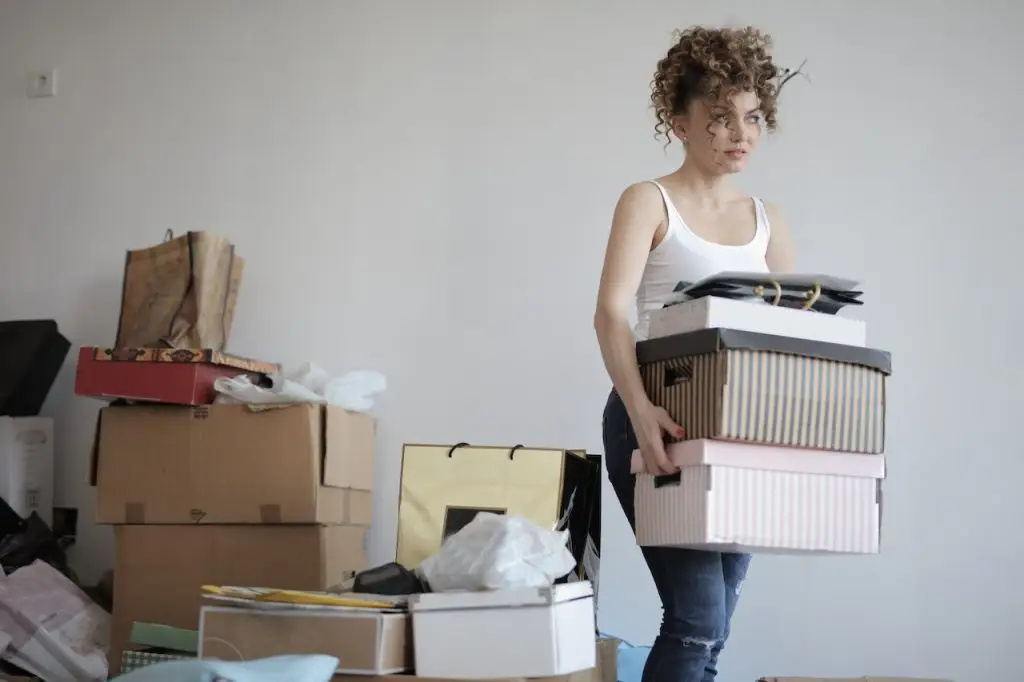
Room-by-Room Approach:
Decluttering an entire living space at once can feel overwhelming. Instead, break the task down into smaller, manageable chunks by adopting a room-by-room approach. Start with one room, such as the bedroom or the kitchen, and dedicate focused time and effort to decluttering and organizing that specific area before moving on to the next. This approach allows you to see progress more easily and prevents you from feeling overwhelmed.
Time-Based Targets:
Set specific, time-based targets to maintain focus and motivation during the decluttering process. Allocate dedicated blocks of time, such as 30 minutes or an hour, to work on decluttering. This ensures that you consistently make progress. Having time-based targets also prevents the decluttering task from becoming an endless endeavor, as you can see the finish line for each session.
Celebrating Achievements:
Celebrate milestones and achievements along the way to stay motivated and acknowledge your progress. Treat yourself after completing a specific decluttering task or achieving a specific goal. This can be something as simple as enjoying a cup of tea, taking a break to do something you enjoy, or rewarding yourself with a small indulgence. Celebrating achievements reinforces positive habits and encourages you to continue the decluttering journey.
B. Sorting and Decision-Making Techniques to Create a Clutter Free Home
Categorization and Sorting Systems:
The Four-Box Method:
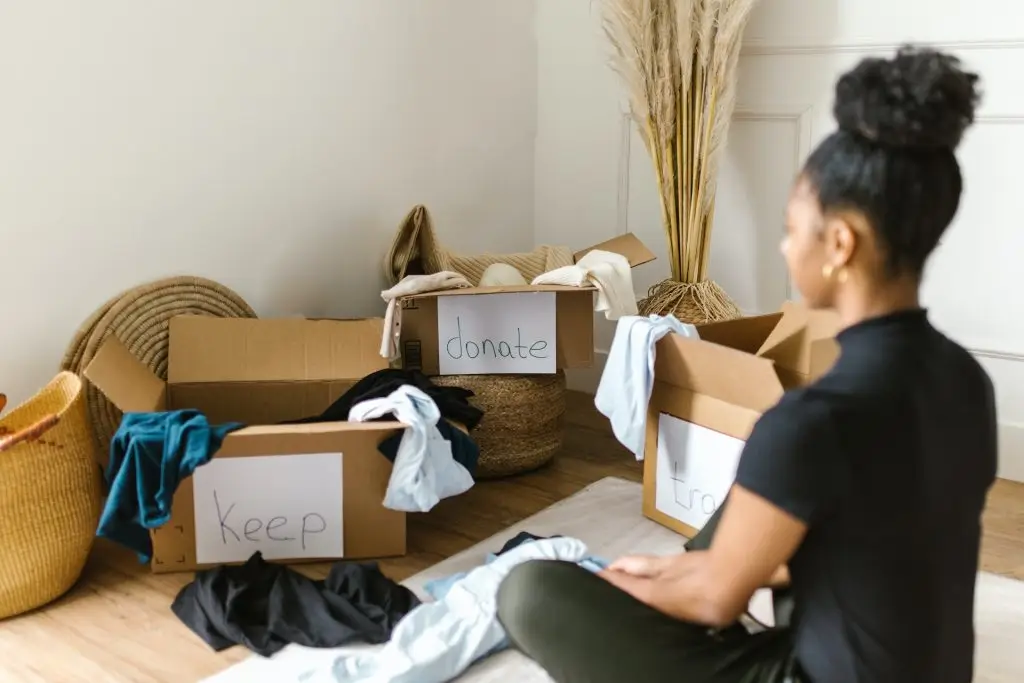
Use categorization and sorting systems to streamline the decluttering process. Start by categorizing items into groups such as keep, donate, sell, and discard. This helps create clarity and makes decision-making more straightforward. Use bins, boxes, or designated areas to sort items accordingly, ensuring that each item has a designated place. By organizing items into categories, you can easily identify what is essential and what can be let go of.
Questions to Guide Your Choices:
Ask yourself specific questions to guide your decision-making process when decluttering. For each item, consider factors such as:
- Do I use it regularly?
- Does it bring me joy?
- Does it have sentimental value?
- Have I used it in the past year?
Answering these questions honestly can help you determine whether to keep or let go of an item. If the item does not align with your current needs, values, or lifestyle, it may be time to part ways with it.
By adopting these strategies and techniques, you can overcome clutter and simplify your life. Starting small, setting goals, and implementing sorting and decision-making techniques make the decluttering process more manageable and effective. In the following sections, we will further explore strategies for maintaining an organized living space and embracing a clutter-free lifestyle.
C. Developing Sustainable Habits
You created your problem with clutter due to your habits, many of which you learned as a child.
Well, its time for an upgrade:
Regular Maintenance and Organization:
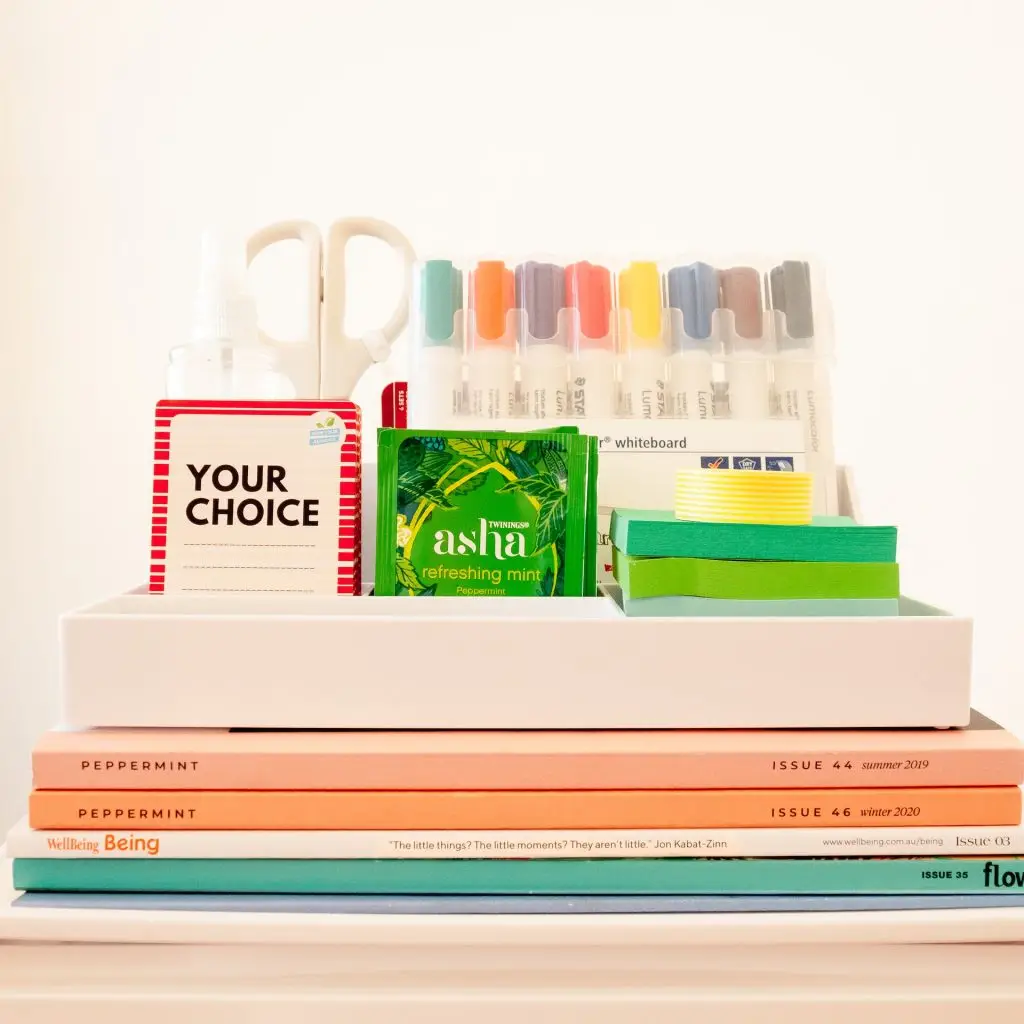
Once you have decluttered your living space, it’s crucial to develop regular maintenance habits to prevent clutter from accumulating again. Set aside dedicated time each week or month to tidy up and organize your belongings. Return items to their designated places, clear surfaces, and reassess any new items that have entered your space. By staying consistent with maintenance and organization, you can prevent clutter from building up and maintain a more streamlined and clutter-free environment.
Mindful Consumption and Minimalism:
Adopting a mindset of mindful consumption and minimalism is key to preventing future clutter. Before making a purchase, pause and consider if the item aligns with your values and truly adds value to your life. Avoid impulsive buying, prioritize quality over quantity, and focus on acquiring items that serve a purpose or bring you genuine joy. By being mindful of what you bring into your space, you can reduce the likelihood of accumulating clutter in the long run.
Building Supportive Networks:
Surrounding yourself with supportive networks can greatly assist in maintaining a clutter-free life. Seek out like-minded individuals who share your values and goals of simplicity and organization. Join decluttering or minimalism communities, attend local events or workshops, or connect with friends and family who can provide encouragement and accountability. Building a supportive network can inspire, practical tips, and a sense of camaraderie as you navigate your decluttering journey.
III. Embracing the Benefits of a Clutter-Free Life
There are great benefits for getting rid of clutter which far outweigh the perceived benefits of keeping things you no longer need. These include:
Improved Mental Clarity and Focus:

A clutter-free environment promotes mental clarity and focus. This is especially important as you age. With fewer distractions and visual noise, you can experience a greater sense of calm and concentration. Clearing your physical space allows your mind to declutter as well, making it easier to think, make decisions, and engage in activities without the mental clutter weighing you down. Enhanced mental clarity enables you to be more present and productive in your daily life.
Increased Productivity and Efficiency:
When your living space is organized and clutter-free, you can work more efficiently and effectively. With everything in its proper place, you can locate items easily, saving time and reducing frustration. A clutter-free environment allows for smoother workflows, whether it’s in your home office, kitchen, or other areas. By eliminating the distractions and mental strain caused by clutter, you can optimize your productivity and accomplish tasks more efficiently.
Enhanced Well-being and Quality of Life:
Embracing a clutter-free life has far-reaching benefits for your overall well-being and quality of life. Living in a clean, organized, and clutter-free environment promotes a sense of peace, harmony, and balance. It reduces stress, enhances relaxation, and improves your overall mood.
With less physical and mental clutter, you can experience a greater sense of contentment, freedom, and a deeper connection with your surroundings. Embracing a clutter-free life helps you to focus on what truly matters, leading to a more fulfilling and meaningful existence.
By developing sustainable habits and embracing the benefits of a clutter-free life, you can create lasting change and experience the positive impact it has on your well-being. Consistent maintenance, mindful consumption, and a supportive network, combined with the benefits of mental clarity, increased productivity, and enhanced well-being, contribute to a more joyful and fulfilling lifestyle.
Closing Thoughts
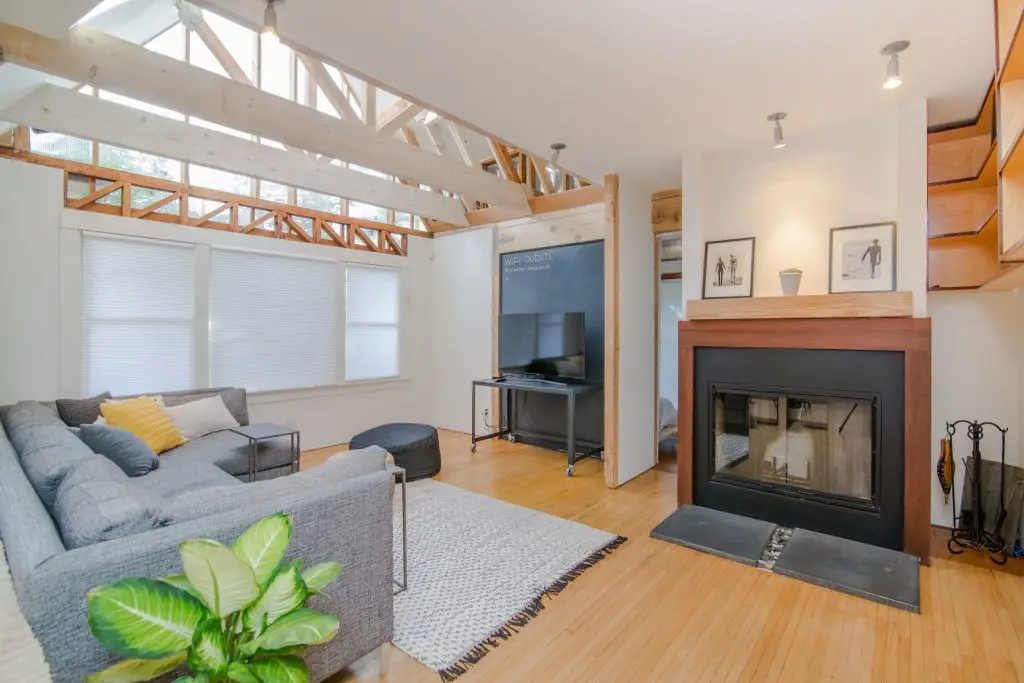
By recognizing and addressing the challenges that hinder decluttering, understanding the negative effects of clutter, and implementing effective strategies, we can embark on a transformative journey toward a more simplified and fulfilling life. This is especially vital for individuals over 50 who may be facing unique circumstances and transitions in their lives.
Decluttering is not merely about tidying up physical spaces; it is a profound process that has the power to improve our mental, emotional, and physical well-being. For those over 50, decluttering becomes even more crucial as it promotes safety, preserves energy, and enhances the overall quality of life. It also helps to overcome decision fatigue.
We hope that this information reaches those who will benefit most from it—individuals over 50 who may be seeking a fresh start, a simpler lifestyle, or a renewed sense of well-being. By embracing the benefits of a clutter-free life, such as improved mental clarity, increased productivity, and enhanced overall well-being, this audience can unlock new possibilities and create the space for a more joyful and purposeful existence.
Remember, the journey towards decluttering is a personal one, and progress may take time. Be patient, celebrate small victories, and seek support from like-minded individuals who can encourage you. Embrace letting go of unnecessary possessions, and relish in the tranquility and rejuvenation of a clutter-free living space.
Now is the time to reclaim your environment, simplify your life, and create a space that truly reflects who you are and what brings you joy. You now have the opportunity to live with greater intention, focus, and well-being. Let the process of decluttering empower you to live your best life, unencumbered by the weight of unnecessary belongings.
Start today, take the first step, and witness the transformative power of decluttering as you pave the way toward a more purposeful, fulfilling, and clutter-free future.

